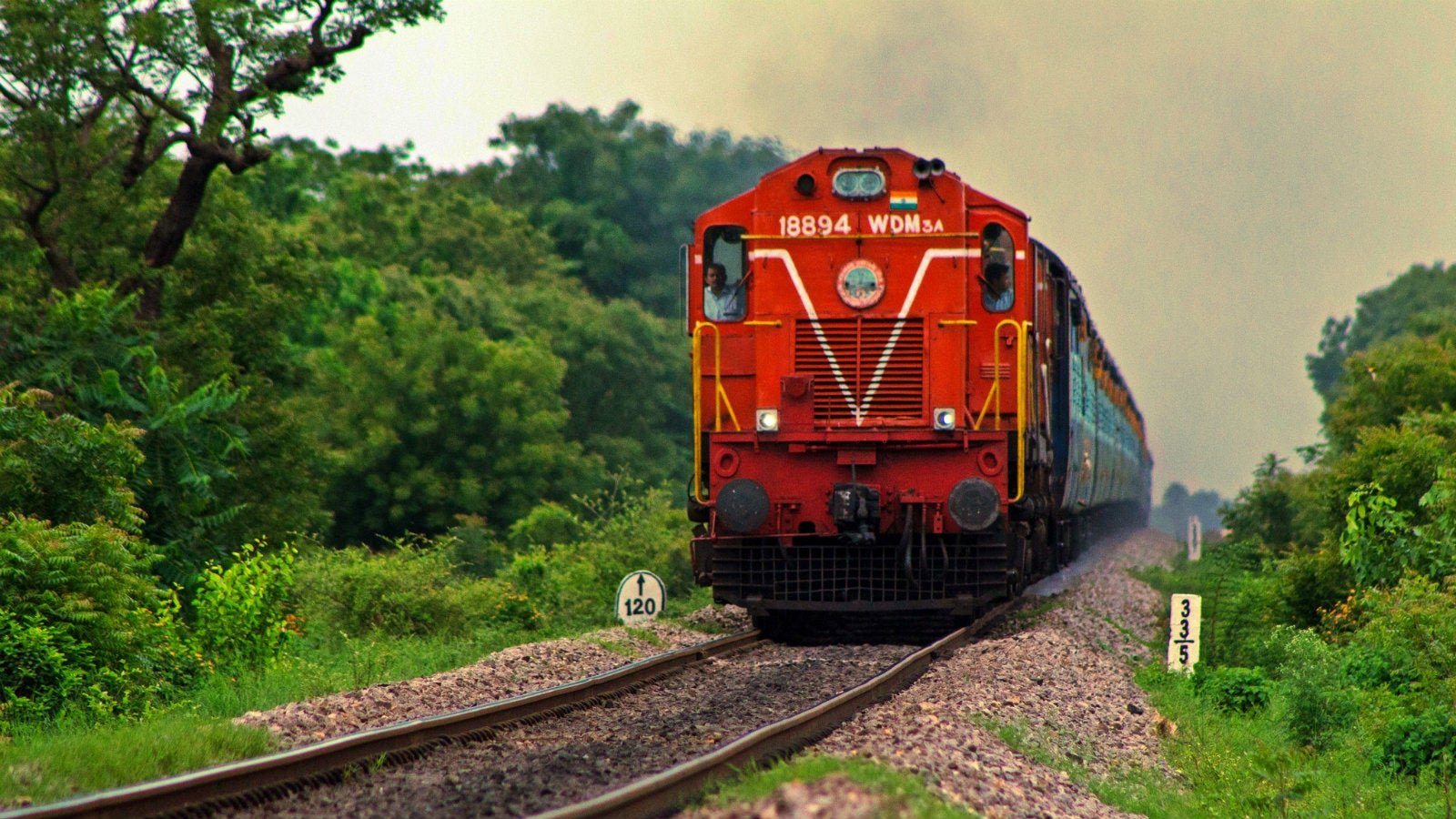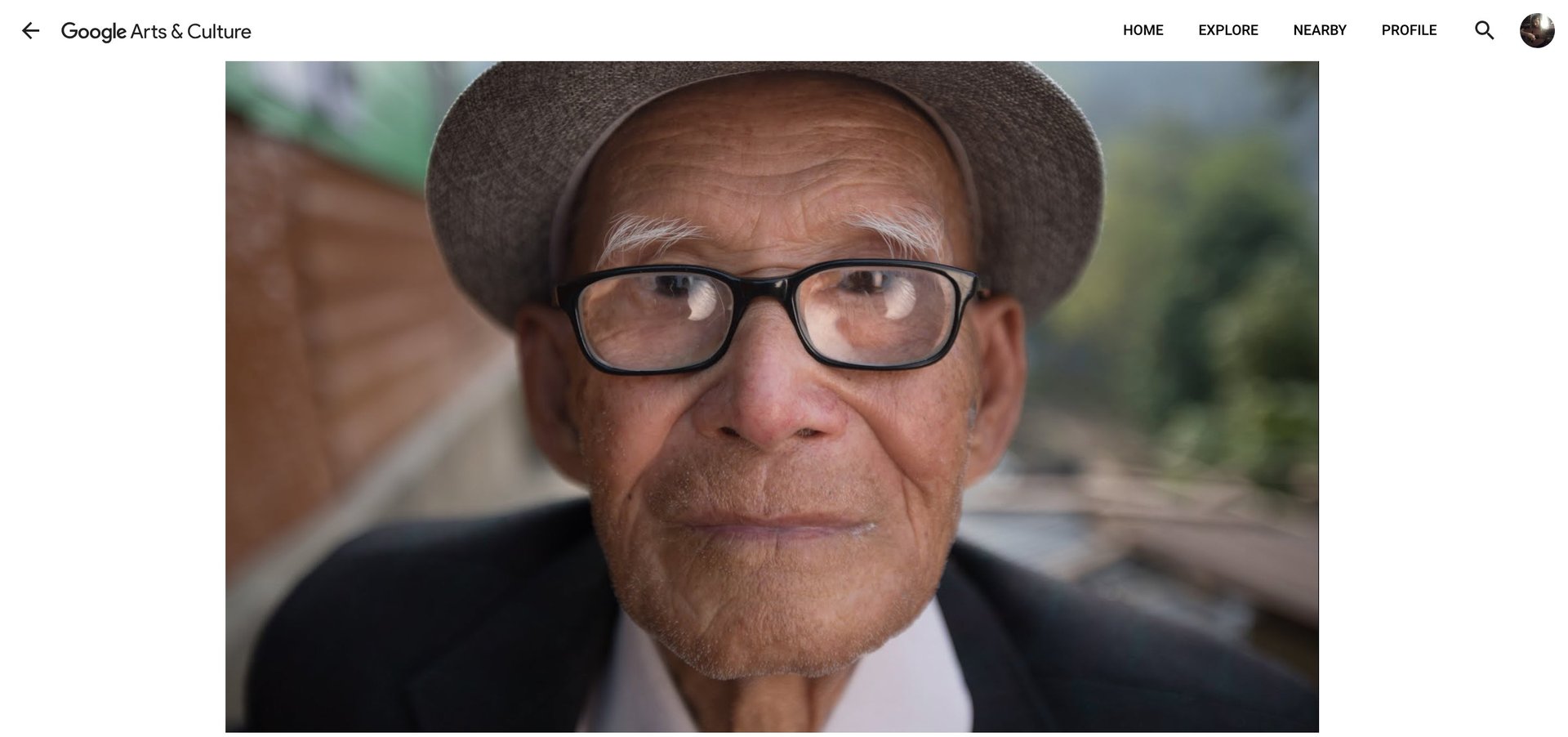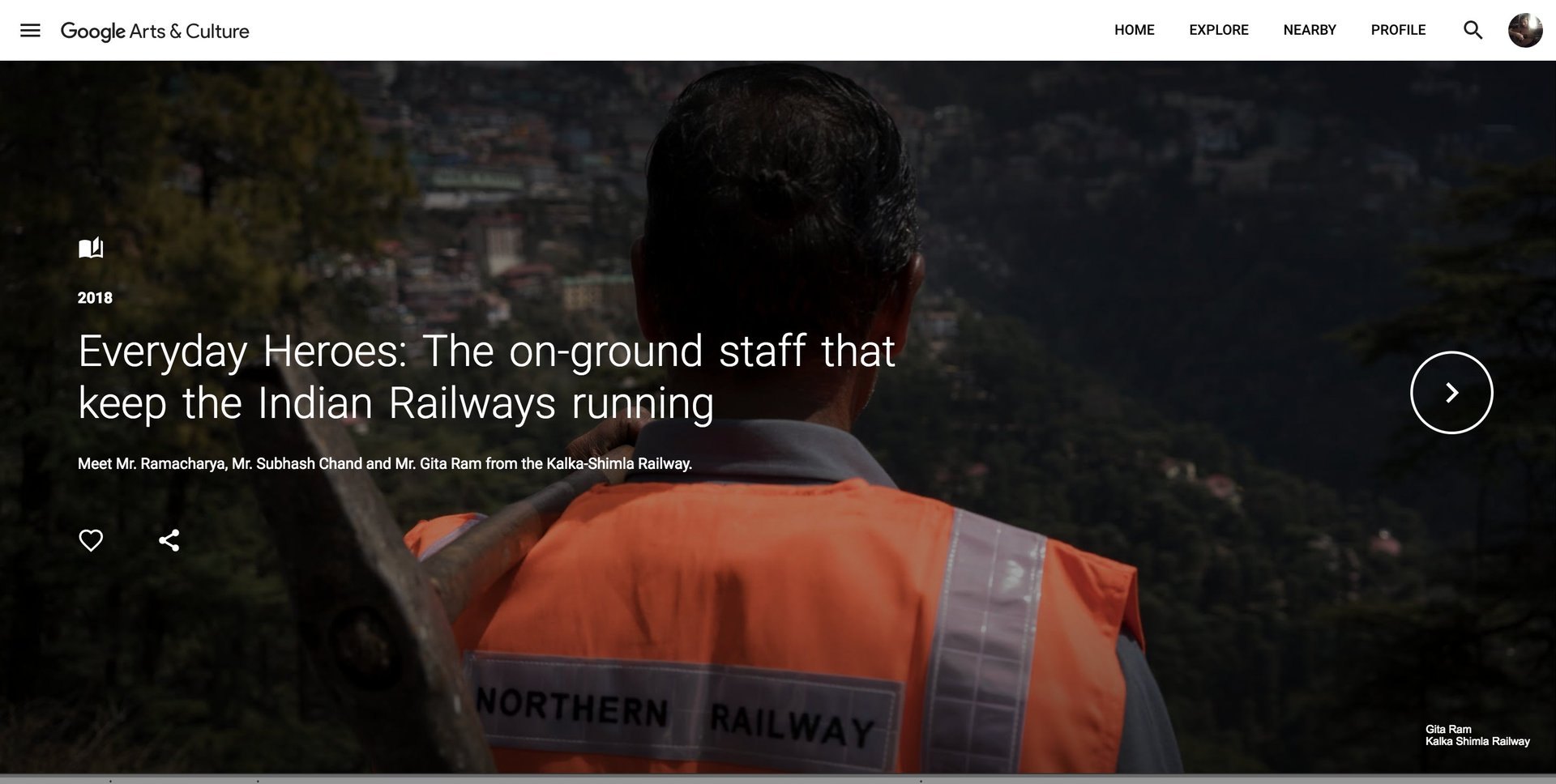Google chronicles the people and places behind Indian Railways’ 165-year journey
On April 16, 1853, India’s very first passenger train set out on a 34 kilometre journey from Bombay (now Mumbai) to Thane, carrying 400 people. In the 165 years since then, the railway network in India has grown to become one of the world’s largest, covering over 151,000 km of tracks and ferrying about 24 million people every day.


On April 16, 1853, India’s very first passenger train set out on a 34 kilometre journey from Bombay (now Mumbai) to Thane, carrying 400 people. In the 165 years since then, the railway network in India has grown to become one of the world’s largest, covering over 151,000 km of tracks and ferrying about 24 million people every day.
These days, however, Indian Railways is more likely to make the news for a lack of hygiene and delays, besides terrible accidents. But the system itself is inextricably connected to the story of India.
So now, an online project on Google Arts & Culture is celebrating this rich history and heritage with over 100 exhibitions. Besides featuring scenic routes and historic events, this project, designed in partnership with the Indian ministry of railways, tells the lesser-known stories of the people who keep the trains running. These range from the trackmen and keymen to the pioneering women who’ve become signal engineers and rail managers in an overwhelmingly male-dominated industry.
The goal is to make this rail heritage more accessible to Indians. So the exhibitions will be taken to 22 railway stations across India, including New Delhi, Bengaluru, Coimbatore, Guwahati, and Secunderabad.
Here’s some of Quartz’s favourite exhibitions online:
Veterans of the Railways
This exhibition introduces viewers to three long-time railway employees who have witnessed different eras in the long history of India’s railway network. There’s Ganey Khawas, the oldest living ex-worker of the Darjeeling Himalayan Railway, who was born in 1916 and vividly remembers the days of the steam engines. Balbahadur Majhi, a 76-year-old former locomotive pilot, remembers the hazards of the job during natural disasters. And Deepak Das, a former senior section engineer, talks about some of India’s historic locomotives, and working on the iconic Darjeeling Himalayan Railway.

Women in Indian Railways
Women account for just up to 7% of Indian Railways’ workforce, but one of the exhibitions highlights the untold stories of the pioneers among them. For instance there are M Kalavathy, one of the first female signal engineers, who was from the 1981 batch of railways aspirants, and Mona Srivastava, from the 1998 batch, who became the first woman to join the Indian Railway service of engineers. Another delightful exhibition introduces viewers to Ms Valli, a singing ticket checker on the Nilgiri Mountain Railway who regales tourists and commuters with Indian classical songs.
Everyday heroes
Technically several different exhibitions, this section highlights the work of the on-ground staff who keep the trains running safe. It includes interviews with trackmen and keymen, revealing how they lay down tracks and check and repair them. One exhibition covers the station masters of the Nilgiri Mountain Railway, featuring conversations with the men who ensure the safe arrival of trains on a route popular with both foreign and local tourists. Along with his team, Kundan Singh, the station master of the Hillgrove station, possibly has the most unique commute to work in India—an around three kilometre trek through a jungle and multiple tunnels with the constant risk of wild elephants and bears coming in the way.

Railway timetables of the past
A visual feast for anyone obsessed with vintage advertisements and typography, this exhibition is dedicated to the once ubiquitous railway timetable, now obsolete in the internet era. Beyond the schedule of trains arriving and departing, these booklets contained calendars of fairs and festivals, colourful bookmarks, and advertisements for products and even movies. With images from the collection of India’s Rail Enthusiasts’ Society, the exhibition gives viewers a rare look at a very different era of travel.
The railways’ impact on art and culture
From the evergreen Bollywood song Mere Sapno Ki Rani to stories by Ruskin Bond, a beloved children’s book author, references to the railways are found throughout Indian culture. These exhibitions explore this deep connection to films, literature, sports, music, and street art, using archival images and virtual reality.
Feature image by Belur Ashok on Flickr, licenced under CC BY 2.0.